Forums
- Forums
- Duggy's Reference Hangar
- RAF Library
- Blackburn Skua and Roc
Blackburn Skua and Roc
Post a reply
- Go to Previous topic
- Go to Next topic
- Go to Welcome
- Go to Introduce Yourself
- Go to General Discussion
- Go to Screenshots, Images and Videos
- Go to Off topic
- Go to Works in Progress
- Go to Skinning Tips / Tutorials
- Go to Skin Requests
- Go to IJAAF Library
- Go to Luftwaffe Library
- Go to RAF Library
- Go to USAAF / USN Library
- Go to Misc Library
- Go to The Ops Room
- Go to Made in Germany
- Go to Campaigns and Missions
- Go to Works in Progress
- Go to Juri's Air-Raid Shelter
- Go to Campaigns and Missions
- Go to Works in Progress
- Go to Skinpacks
- Go to External Projects Discussion
- Go to Books & Resources
-
13 years agoMon May 26 2025, 09:05amDuggy
 Main AdminThe Blackburn Skua was the first monoplane aircraft to enter service with the Fleet Air Arm, in late 1938. It was still the only monoplane serving with the fleet at the start of the Second World War, and remained the only naval dive bomber in British use for the first two years of the war.
Main AdminThe Blackburn Skua was the first monoplane aircraft to enter service with the Fleet Air Arm, in late 1938. It was still the only monoplane serving with the fleet at the start of the Second World War, and remained the only naval dive bomber in British use for the first two years of the war.
The Skua was designed to satisfy Air Ministry Specification O.27/34, issued before the Navy had regained control of its own aircraft. The poor quality of Fleet Air Arm aircraft in 1939 had often been blamed on the period of RAF control of naval aviation, a period in which naval aircraft were a very low priority. While this did play a part in the limited capabilities of many aircraft, it was not the only fact.
In the pre-war years it was believed that the new generation of high performance fighters then under development would not be able to operate from aircraft carriers. It was also believed that naval aircraft needed two crewmen to cope with the complexity of navigation over water, inevitably increasing the weight of the aircraft.
Finally, there was a tradition of multi-purpose aircraft, designed to make the best use of the limited capacity of each aircraft carrier. In the case of the Skua it was designed to perform as both a fighter and a dive bomber, not entirely compatible roles.
The prototype Skua first flew on 9 February 1937, six months after Blackburn had received an order for 190 aircraft. It was a significant advance on the fabric covered biplanes that then equipped the Fleet Air Arm, featuring metal construction, flaps, a variable pitch propeller and retractable landing gear, all firsts for a British deck landing naval aircraft.
Thus far Blackburn had gained a worthy reputation for its range of durable torpedo bombers; however they were all of biplane configuration, and when their monoplane Skua was exhibited at the final RAF Hendon Display of 1937 it was something of a quantum leap in naval aircraft development. It would be remembered in FAA history as their first operational monoplane, and also the first British aircraft designed specifically as a fighter/dive-bomber. The first two prototypes, unlike later production aircraft were powered by the Bristol Mercury; and such was the Air Ministry?s interest, that Blackburn were rewarded by a production contract for 190 aircraft; and these Skuas used the 905hp Bristol Perseus sleeve-valve engine. Maximum speed at 6,500 feet was 225 mph, which would prove dangerously slow when the Skua was faced with the harsh reality of aerial combat; although its forward armament of four wing-mounted machine guns was an improvement over the Nimrod and Osprey which the Skua supplanted. Rear-ward defence was handled by the wireless operator/air gunner with a moveable Vickers gun on its special mounting.
Skuas at War
No.800 squadron was the first FAA unit to be equipped with the Skua aboard an aircraft carrier. This was in November 1938 when six Skuas superseded Nimrod and Osprey biplanes aboard HMS Ark Royal; as were Nos.801 and 803 later in the year. This famous carrier was frequently in the news during the first months of the war; and in the course of a North Sea patrol two Skuas were launched from the carrier to intercept a pair of Dornier Do18 flying boats shadowing the carrier and its escorts. In this action a Skua from No803 shot down one of the Dorniers; while its partner managed to escape; nevertheless it represented the first enemy aircraft claimed by Britain in World War 2.
During April and May 1940 Ark Royal was heavily involved in the Norwegian campaign. One of these actions involved a daylight attack on the battleship Scharnhorst, anchored in Trondheim Fjord. During this costly attack the eighteen Skuas involved were severely dealt with by the defending Me109?s; with eight Skuas brought down; while no damage was suffered by Scharnhorst. On April 10 there was a more positive outcome when land-based Skuas operating from Hatston dive-bombed and sank the cruiser Konigsberg moored in Bergen Harbour.
Final Operations
During the Dunkirk evacuation, Skuas of 801 squadron operated with Fighter Command in that bitterly-contested Operation Dynamo. In September 1940, Skuas from Ark Royal were also active against the Vichy French at Dakar; where they bombed the battleship Richelieu Skuas remained operational until 1941, with 801 being replaced initially by Fulmars, and 803 by Sea Hurricanes during May. As a fighter the Skua proved inadequate for the rigours of air combat, but in the dive-bomber role it justified its place in FAA history. Following their withdrawal from first-line service they continued for several years as trainers and target-tugs.
Specification (Mk. II)
Crew: 2
Engine: Bristol Perseus XII radial engine
Horsepower: 890
Span: 46ft 2in
Length: 34ft 7in
Max Speed: 225mph at 6,500ft
Cruising Speed: 165mph at 15,000ft
Ceiling: 20,200ft
Range: 760 miles
Armament: Four 0.303in machine guns in wings, one Lewis gun in rear cockpit
Bomb load: one 500lb bomb on fuselage, eight 30lb practice bombs under wing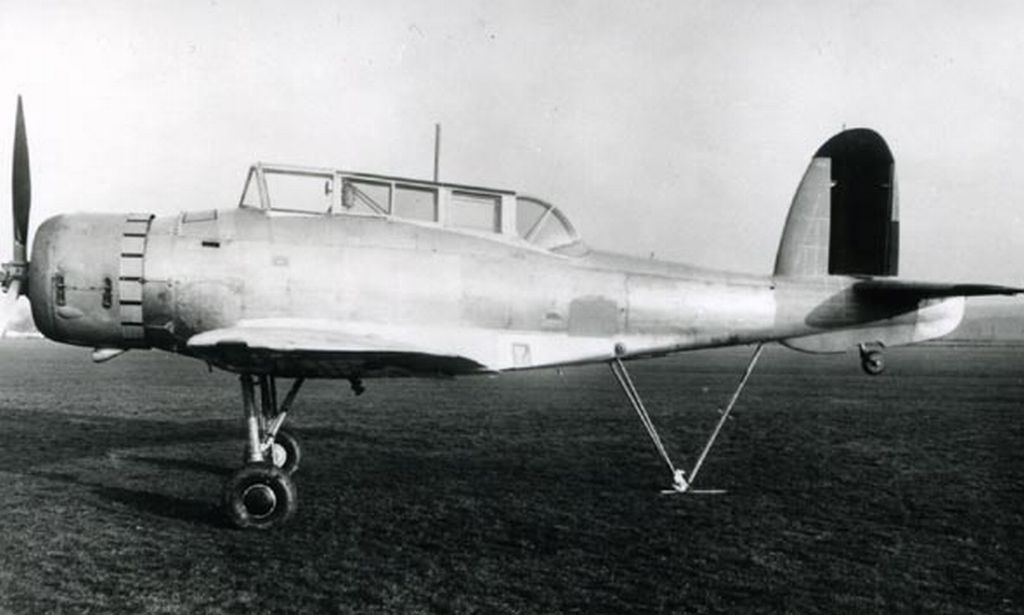
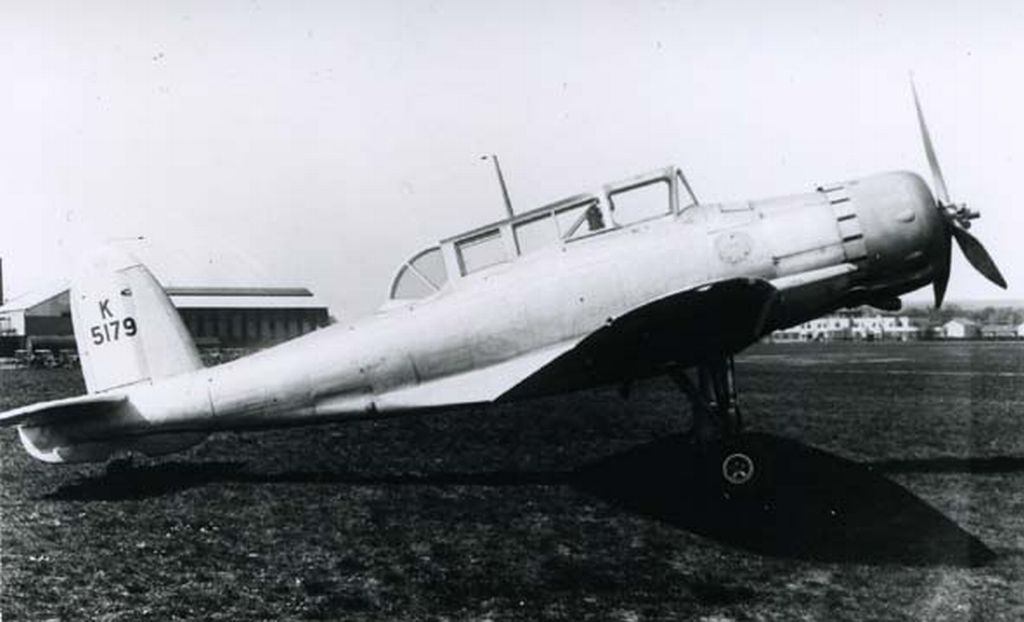
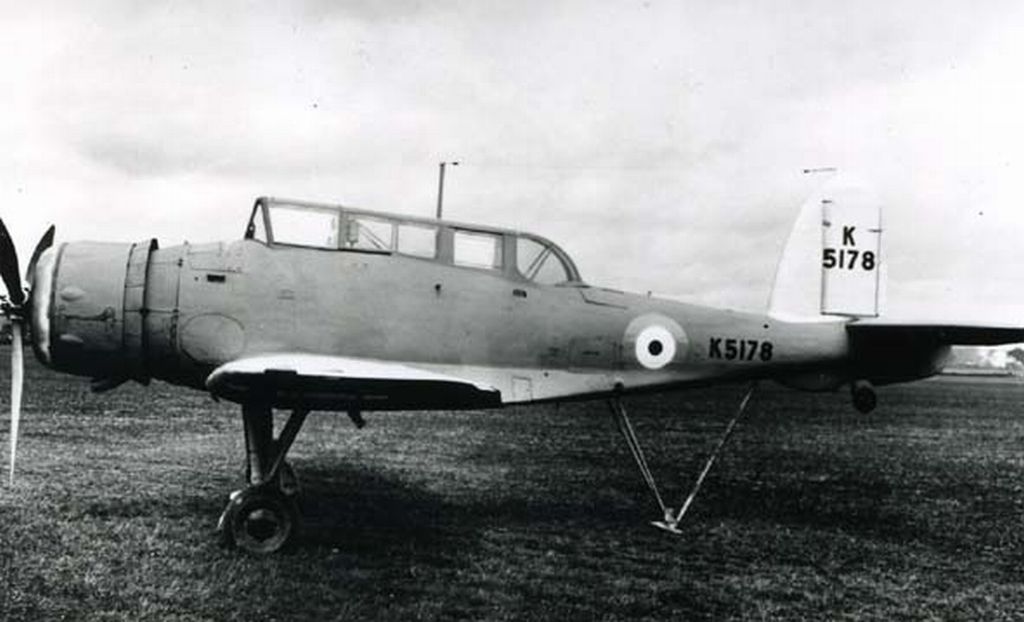


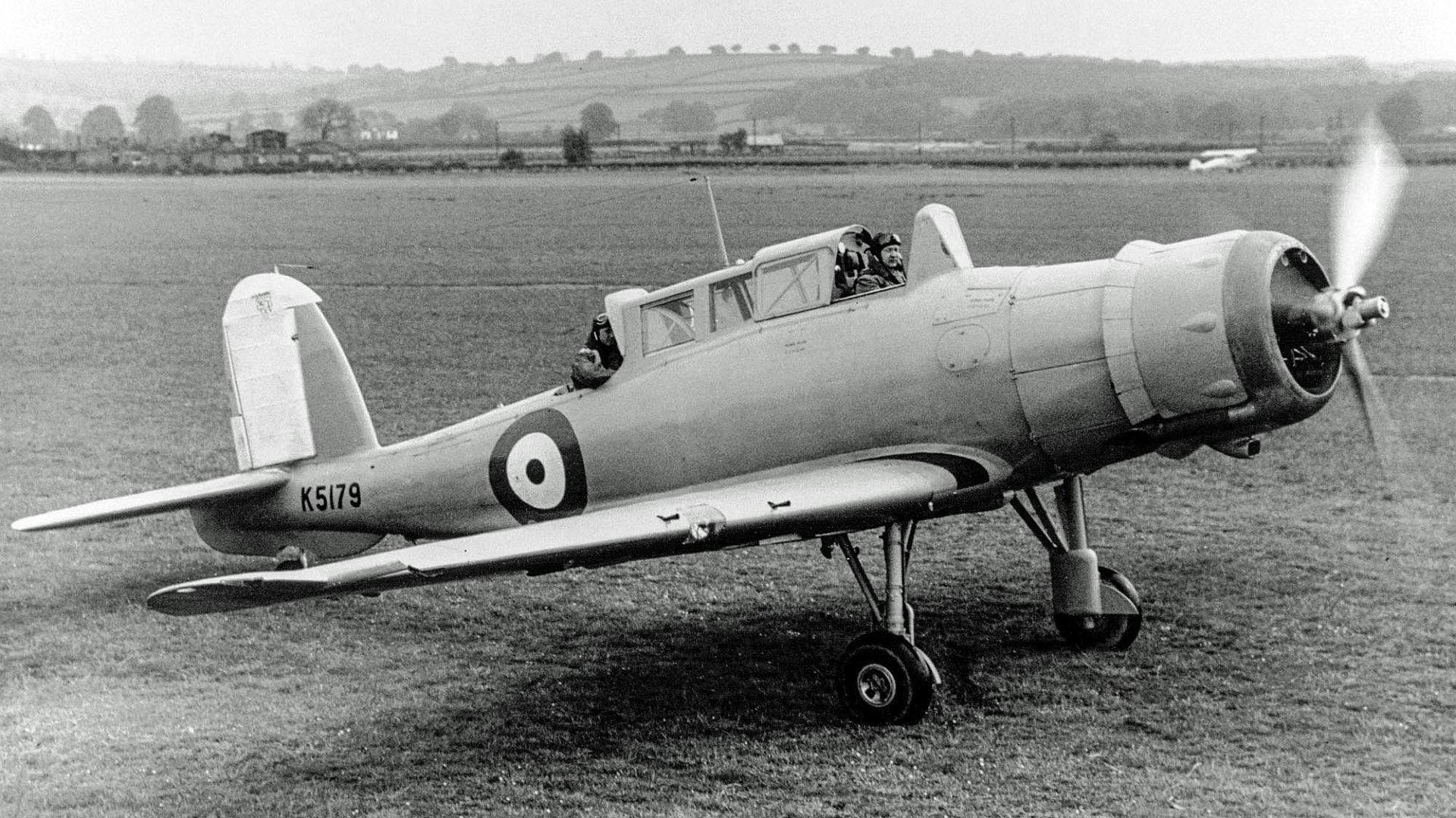
Above prototype's
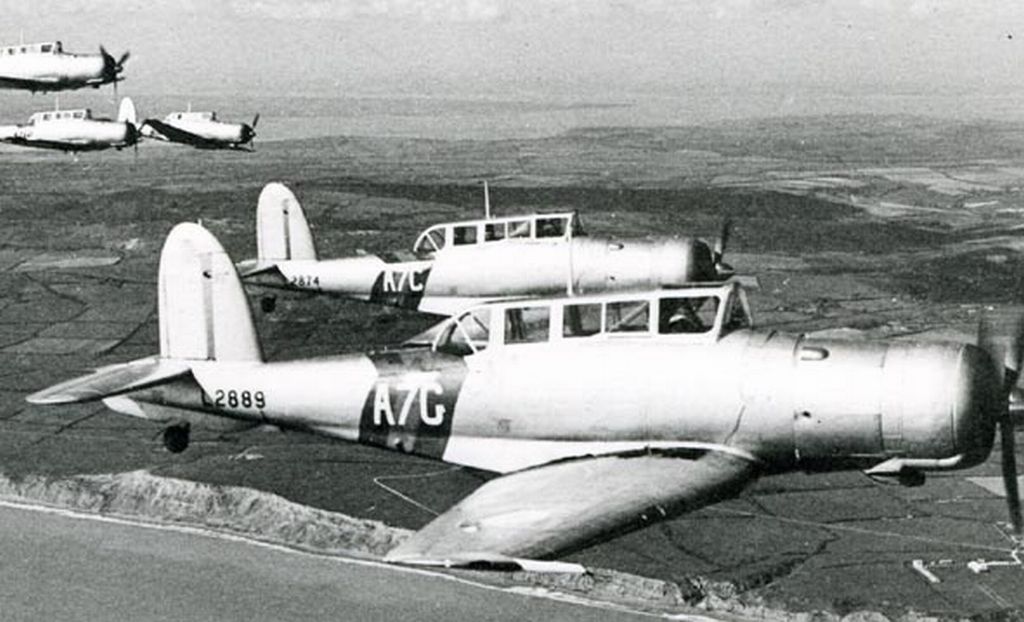
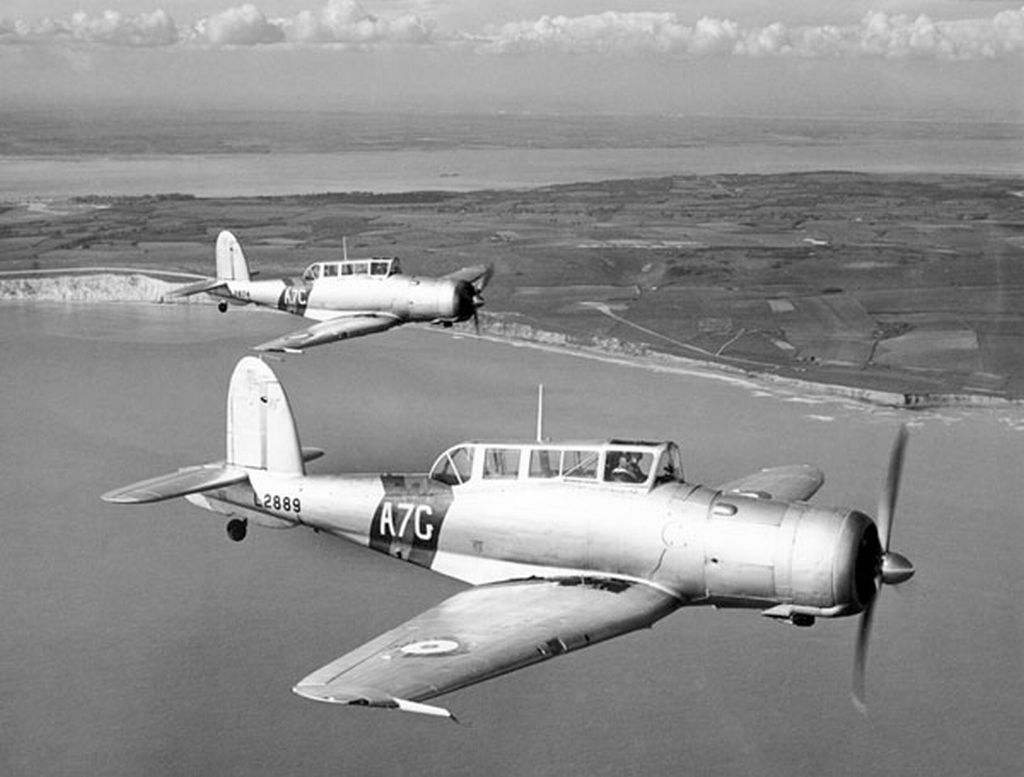
Above 803sq 1939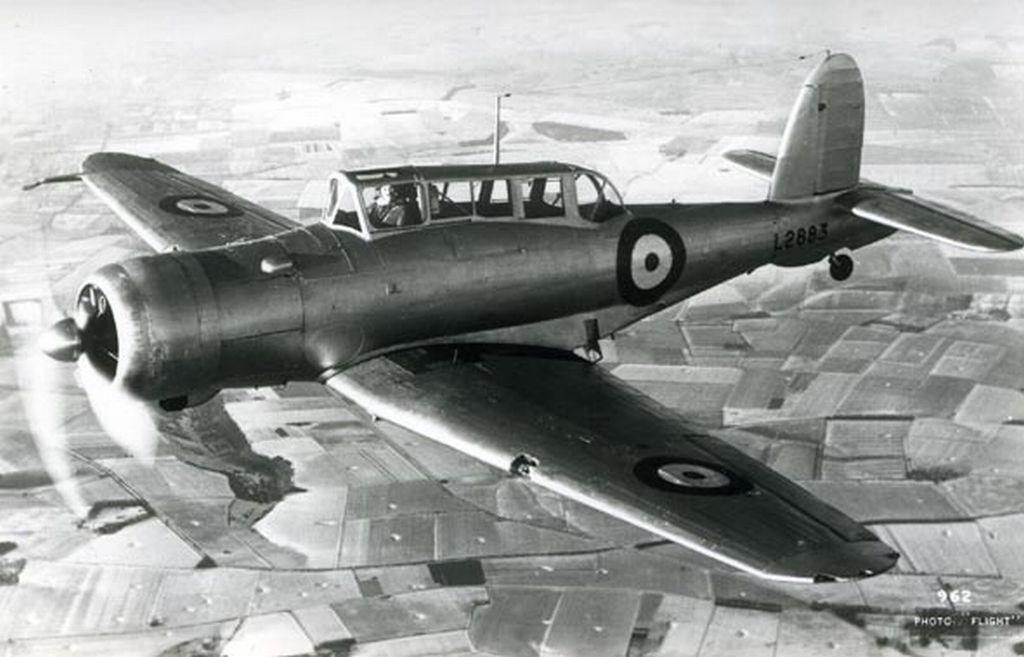
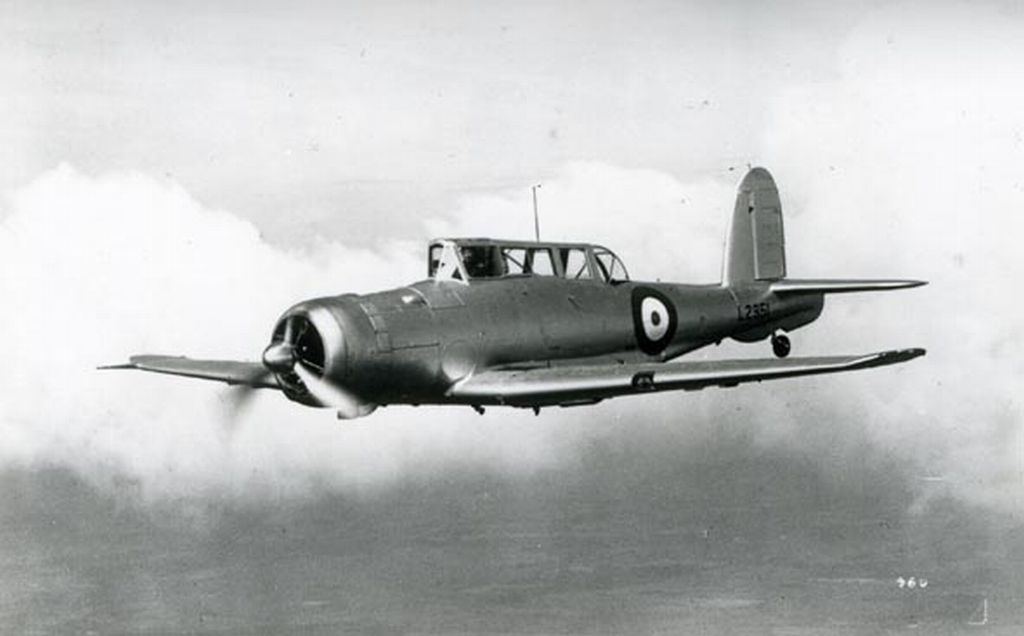
General




Above Lieutenant Collingham, pilot of this Blackburn B24 Skua fighter and dive bomber assigned to squadron 803 of the British Fleet Air Arm (British Naval Air Force) landed in the fjord Trondheim.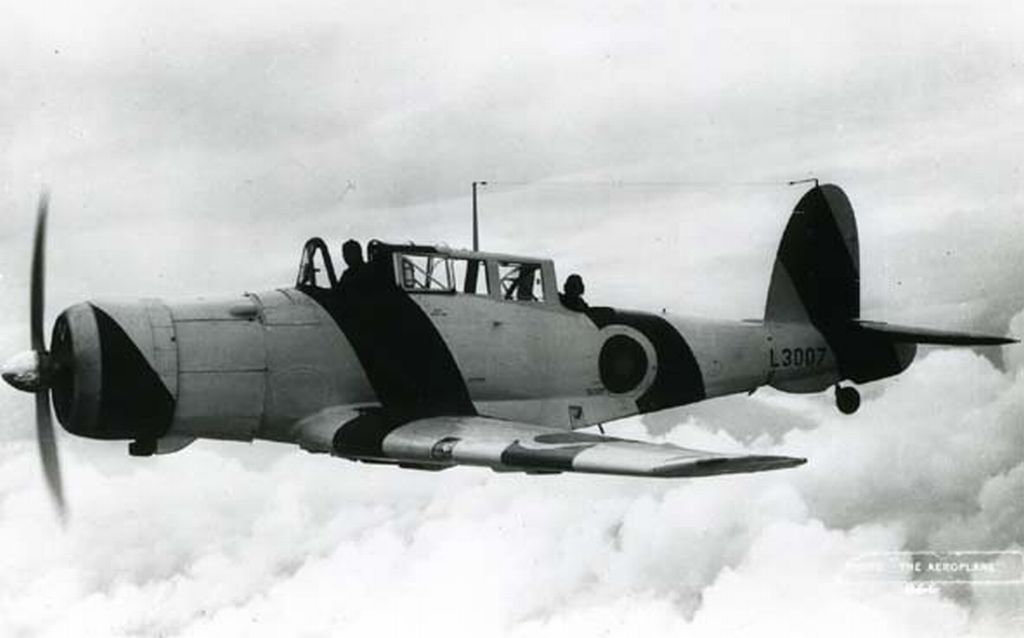
Target Tug.
Blackburn Roc
The Roc was originally to have been fitted with floats, and four floatplane prototypes were built. The first crashed, but modifications made the remaining three flyable, although the concept was not pursued. The first flight by a Roc was on 23 December 1938, however the type quickly became obsolete and enjoyed only a brief service life.
The Roc was the first FAA aircraft to be equipped with a power-driven gun turret, and was the navy equivalent of the RAF?s Boulton Paul Defiant. The tactical concept of a turret-fighter which brought its four guns to bear in broadside attacks on enemy bombers was subsequently proved to be unsound. At the time of the Defiant?s conception in 1935 it would appear to have been a reasonable theory; where the turret-fighter would be merged with traditional fighters, like the Hawker Hurricane in attacking unescorted enemy bomber formations. The enemy was presumed to be Germany; however this theory was completely transformed with France?s capitulation in 1940 and the Luftwaffe now based in strength along the French coast.
Battle of Britain
The Battle of Britain was launched in earnest in September 1940; and for the Defiant squadrons it was a sobering experience in their encounters with the escorting ME109?s. With no forward-firing armament and the penalty of a heavy power-turret the concept was proven to be fatally flawed; which saw the Defiant taken from daylight operations after suffering unacceptable losses and reinstated in the night-interception role.
Farewell to the Roc
Plainly, there was no future for the Roc as a day-fighter, which was already slower than the failed Defiant. Although intended for the purpose, the Roc never operated from aircraft carriers; with the result that any activities were confined to shore stations. Two squadrons, Nos. 891 and 806 had a mix of Rocs and Skuas on strength; and after only a few months service they were superseded by Sea Hurricanes and Fulmars respectively. The unfortunate Roc, which was named after a fabled gigantic bird ended its days on training and target-towing duties and few remained in service after 1942.
However, until late 1944, four non-airworthy Rocs were stationed at HMS Daedalus in Gosport, their turrets being used for anti-aircraft defence.
What was probably the Roc's sole confirmed victory occurred on 28 May 1940 when an 806 Naval Air Squadron Roc flown by pilot Mid A. G. Day, together with two Blackburn Skuas, intercepted five Junkers Ju 88s which were attacking a convoy off Ostende in Belgium. Flying underneath the Junkers while the Skuas attacked from above, Mid Day's Roc destroyed one Ju 88 before returning safely to Detling.
Engine: Bristol Perseus XII
Power: 890hp
Wing span: 46ft 0in
Length: 35ft 7in
Height: 12ft 1in
All-up weight: 7,950lb (landplane)
Maximum speed: 223mph (landplane), 193mph (seaplane)
Armament: Four 0.303in machine guns in Boulton Paul turret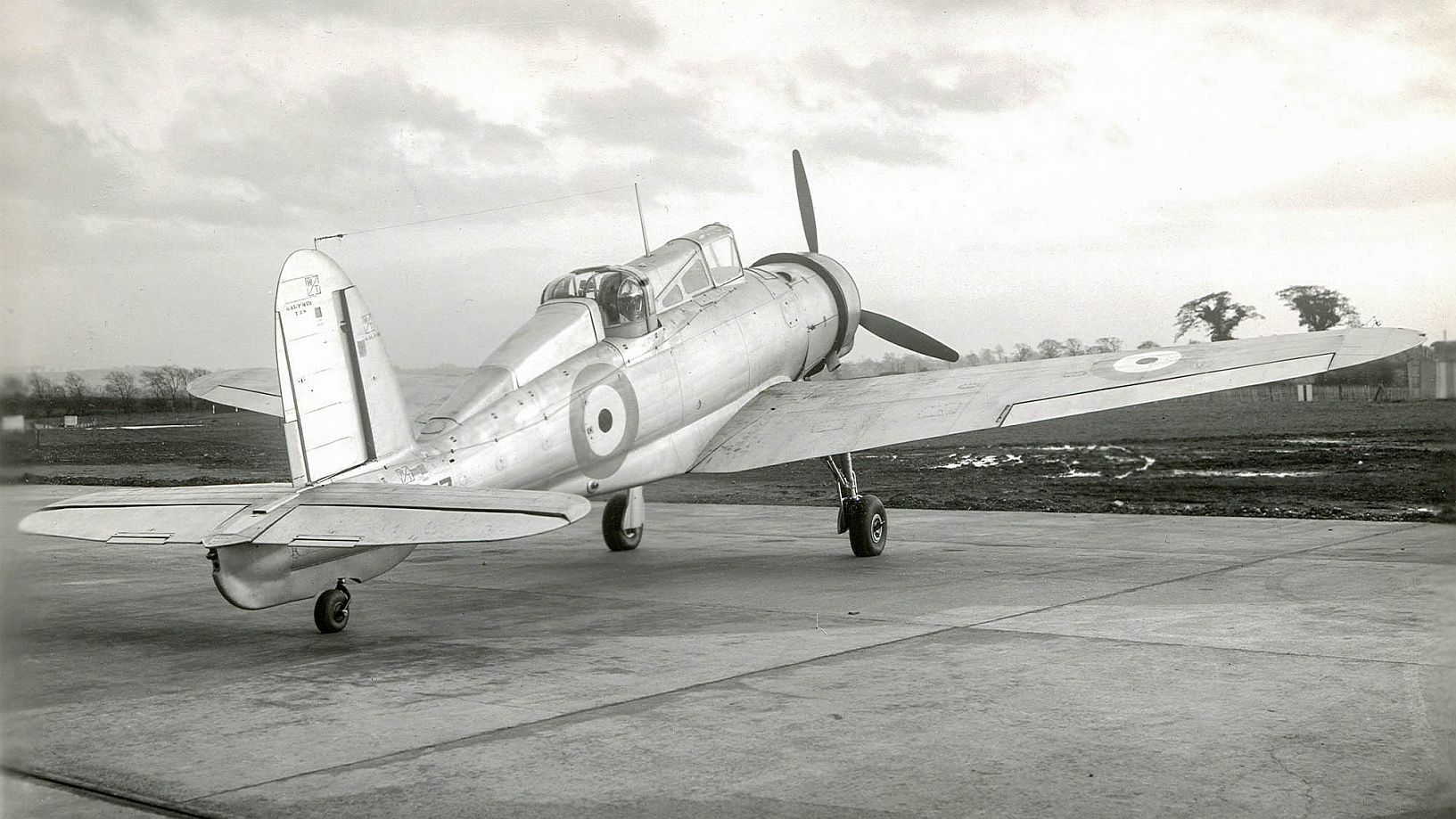
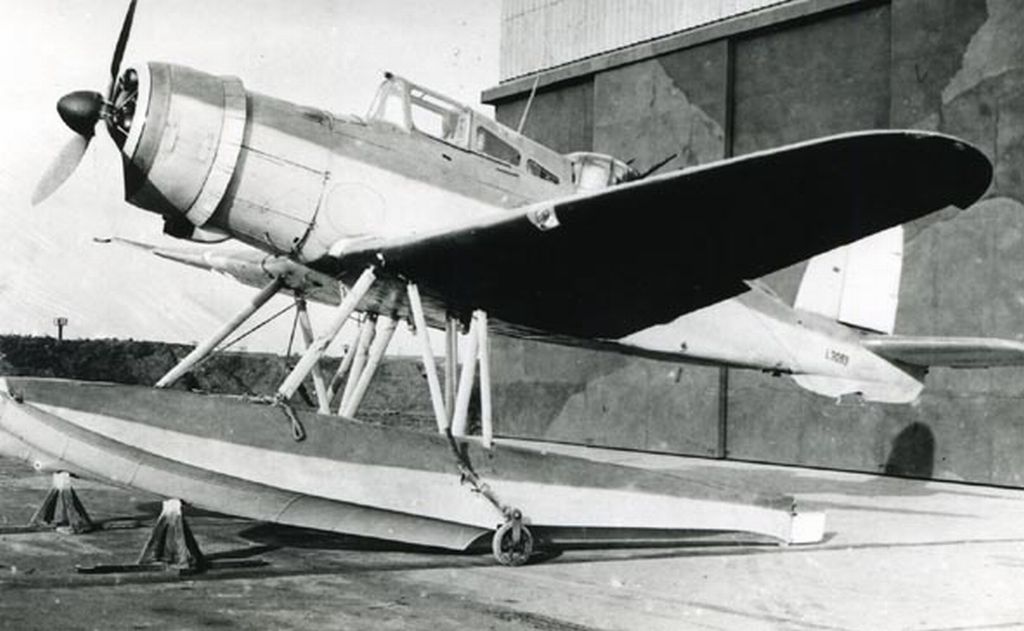
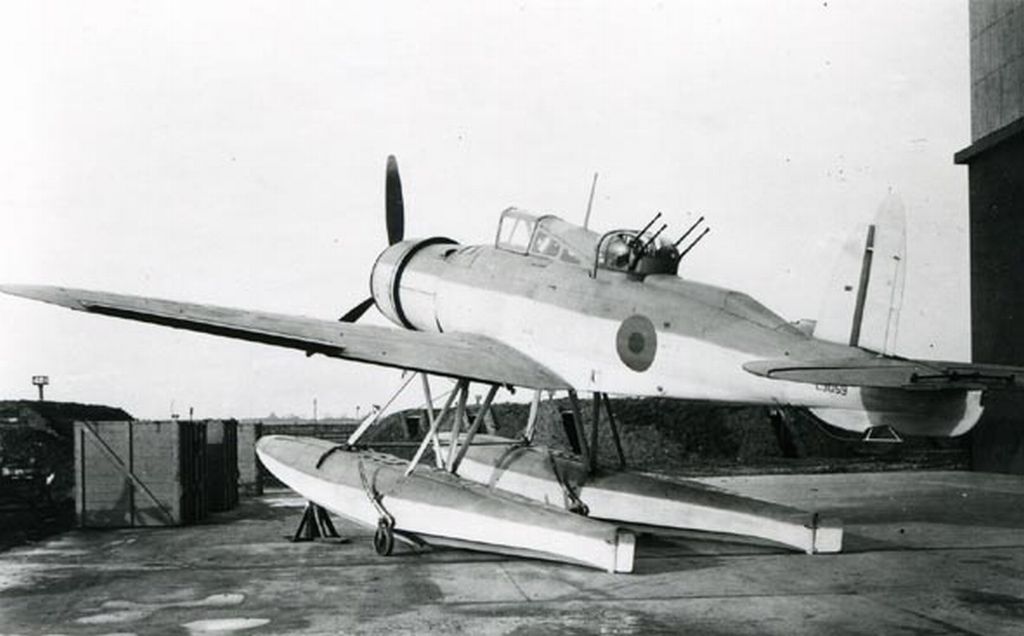
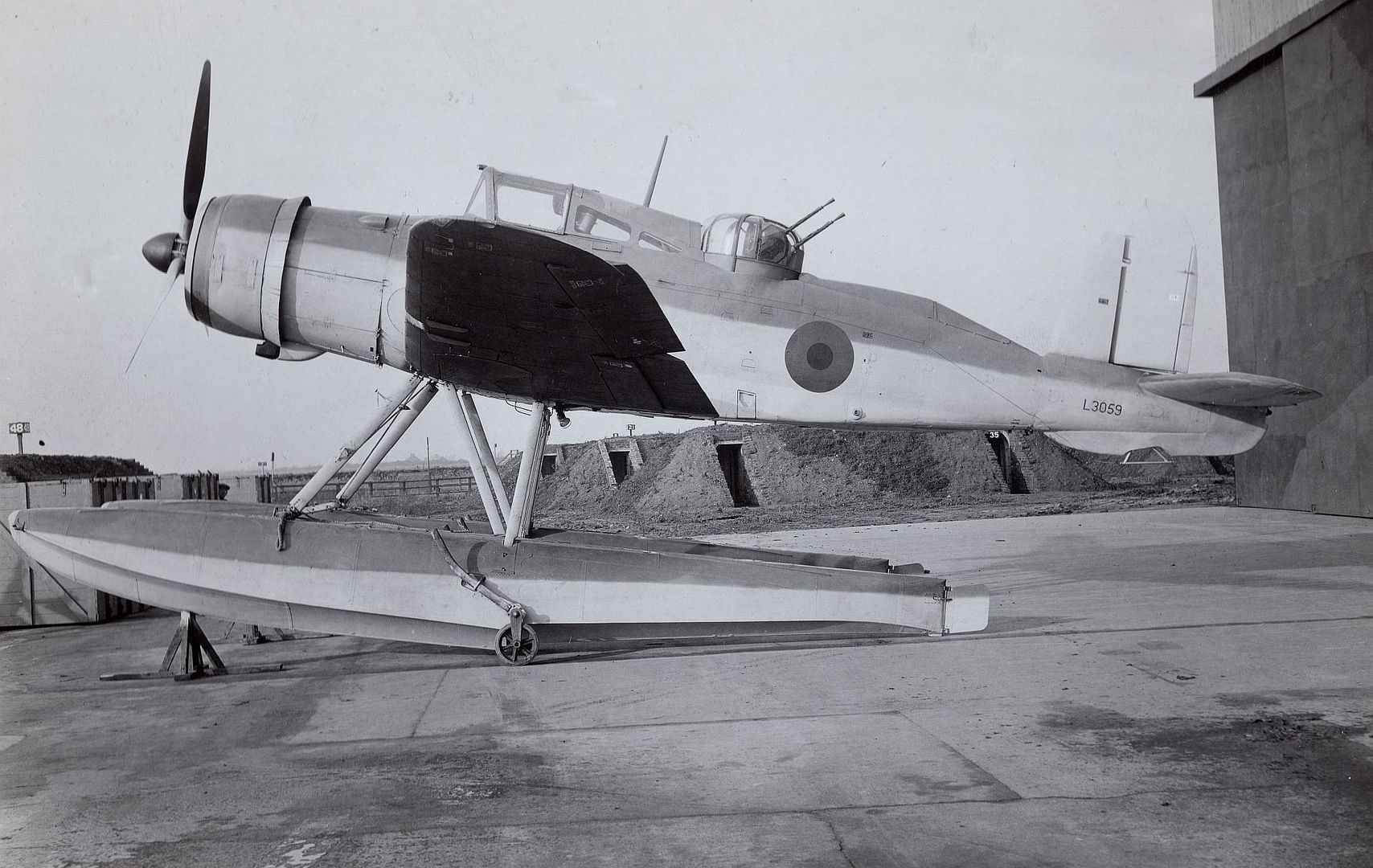
Above seaplane

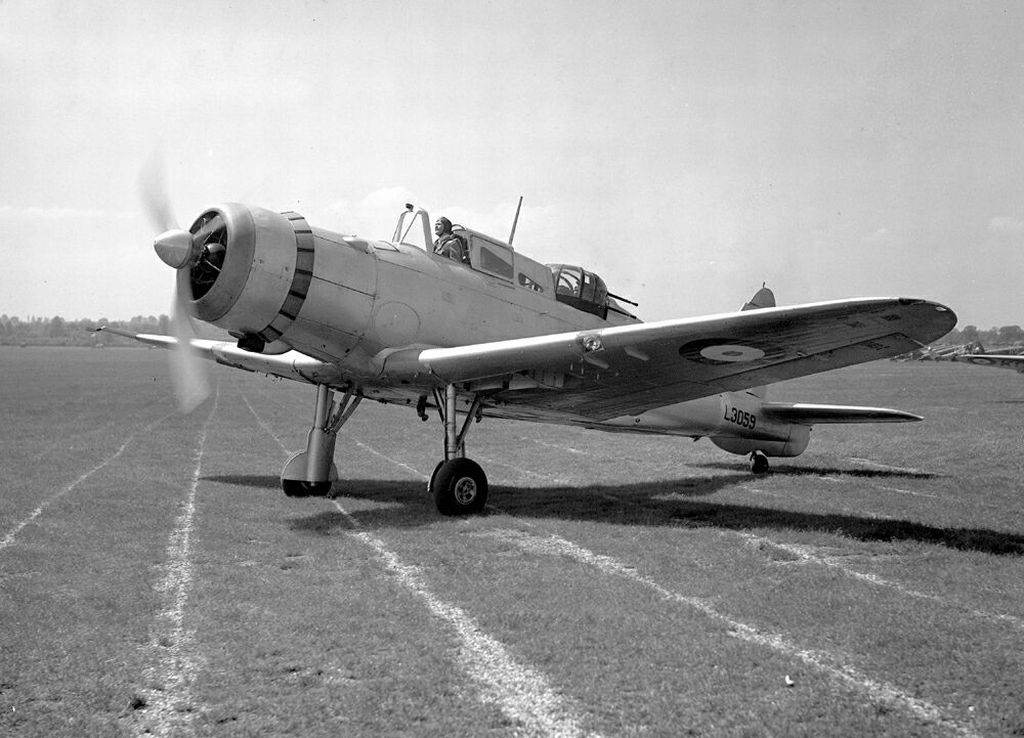
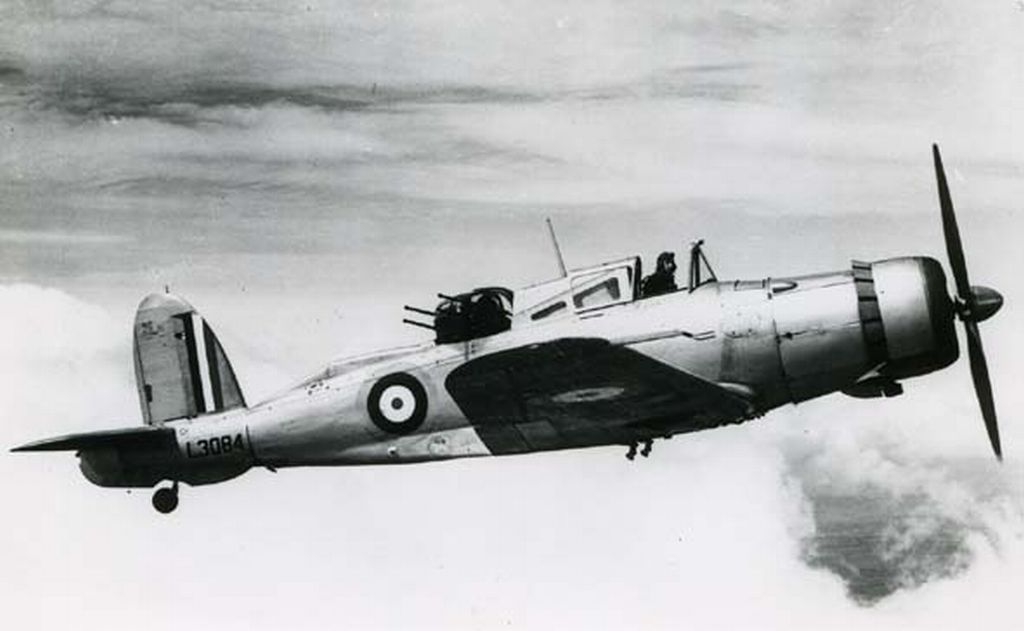
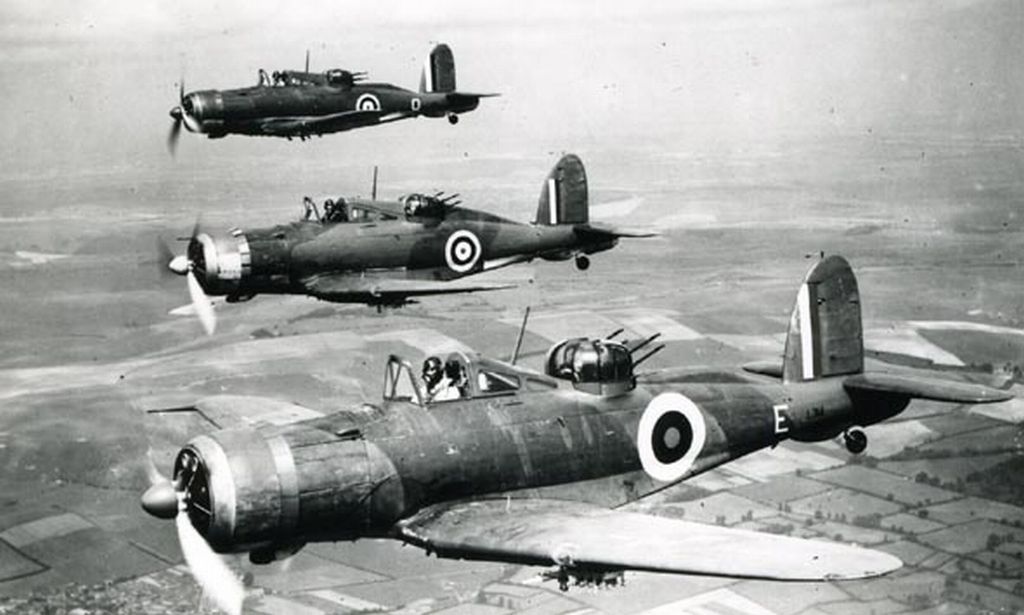
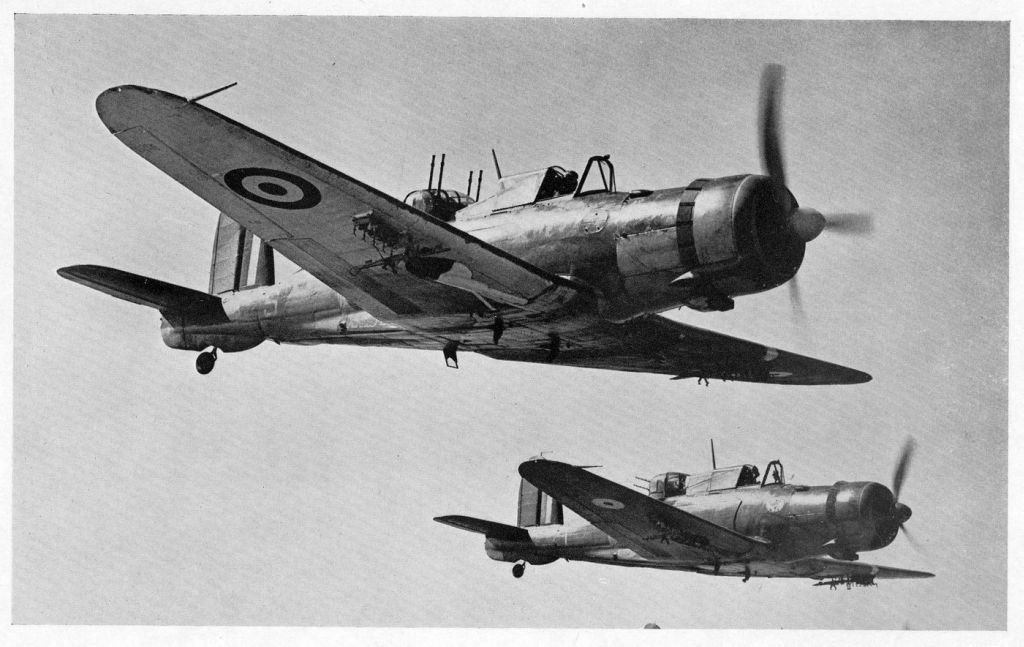
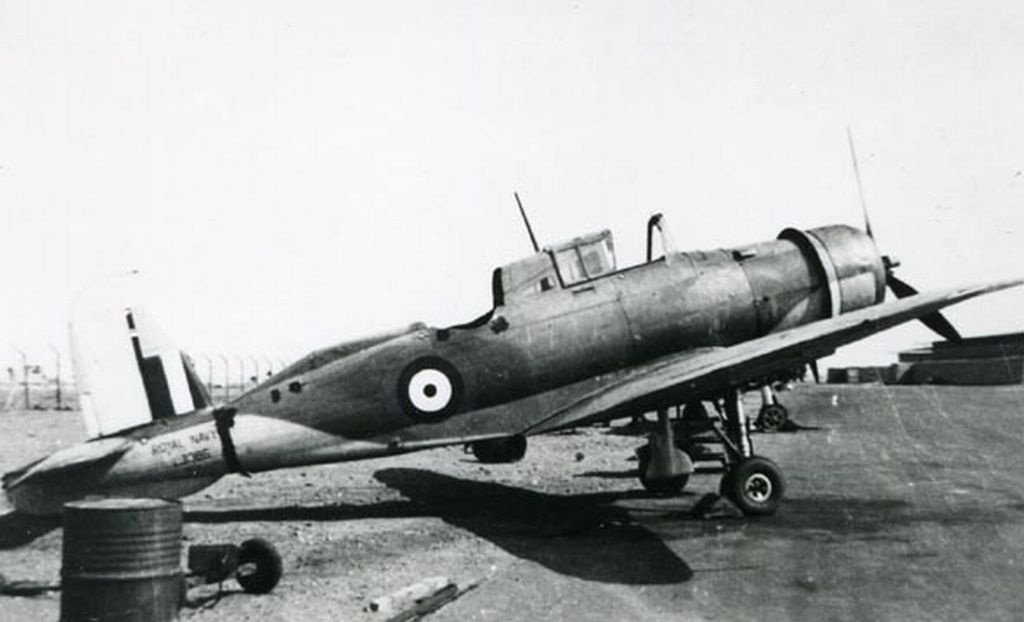
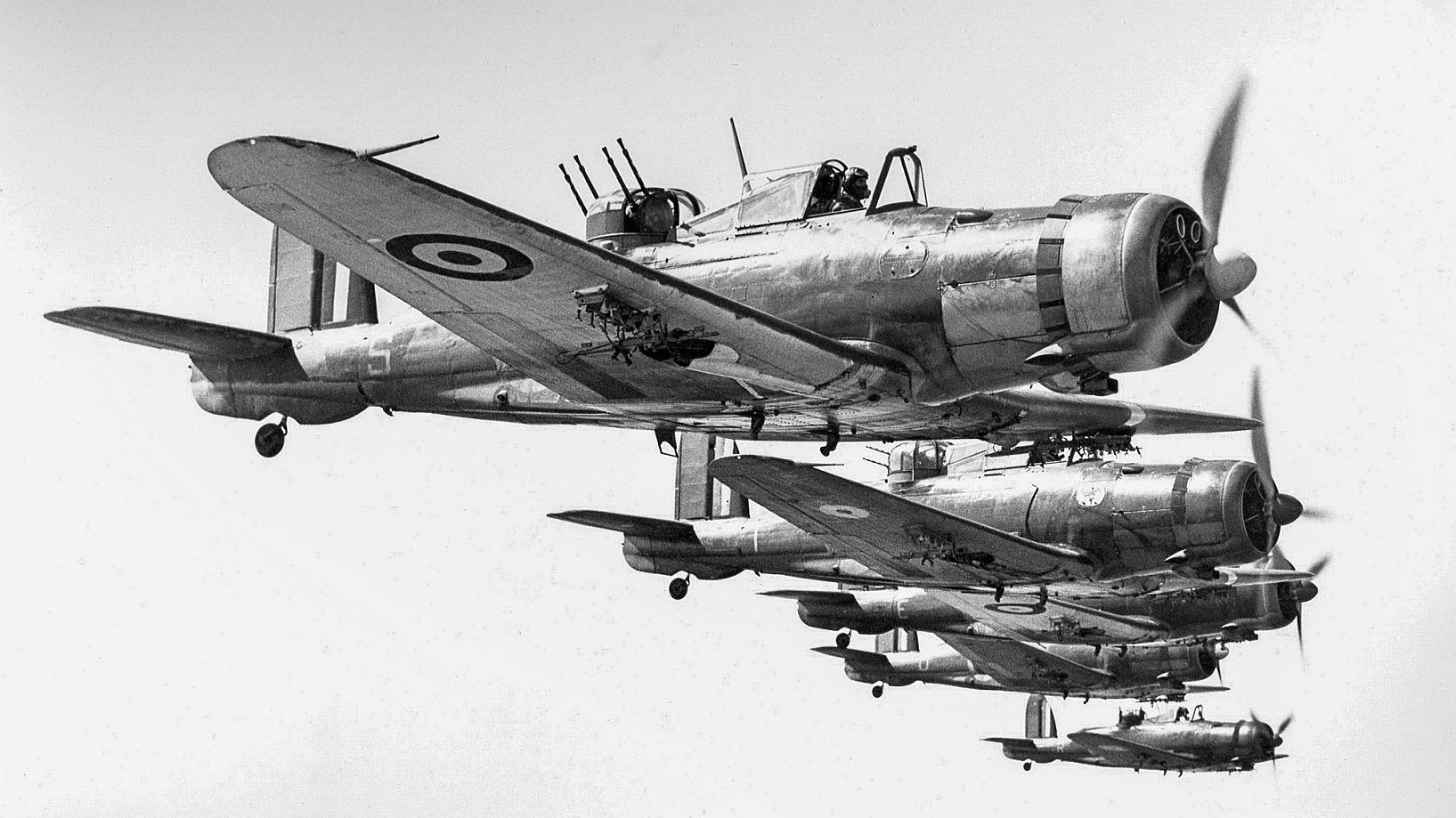


Regards Duggy.
Post a reply
- Go to Previous topic
- Go to Next topic
- Go to Welcome
- Go to Introduce Yourself
- Go to General Discussion
- Go to Screenshots, Images and Videos
- Go to Off topic
- Go to Works in Progress
- Go to Skinning Tips / Tutorials
- Go to Skin Requests
- Go to IJAAF Library
- Go to Luftwaffe Library
- Go to RAF Library
- Go to USAAF / USN Library
- Go to Misc Library
- Go to The Ops Room
- Go to Made in Germany
- Go to Campaigns and Missions
- Go to Works in Progress
- Go to Juri's Air-Raid Shelter
- Go to Campaigns and Missions
- Go to Works in Progress
- Go to Skinpacks
- Go to External Projects Discussion
- Go to Books & Resources
